All prices listed are for general reader interest only, and are shown in this order: $ (USD)/£ (GBP). All prices listed are Hammer Price (the winning bid amount) unless noted as Premium, indicating that the figure quoted includes the Buyer’s Premium of an additional percentage charged by the auction house, as well as taxes.
Many of James Tissot’s most memorable oil paintings feature images of women waiting. Sometimes they are with men, but the focal point is the woman’s impassive face and languorous mien. They are not waiting for anything, particularly. Yet rather than being pleasant and relaxing, these scenes are oppressively still and sometimes claustrophobic.

A Visit to the Yacht (1873), by James Tissot. Oil on canvas, 34 by 21 in./87.6 by 56 cm. Private Collection. (Photo: Wikimedia.org).
In A Visit to the Yacht (1873), the two couples and the girl do not interact. They are bored and tense, just waiting in the same small space. Tissot sold this picture directly to Agnew’s, London for £650, as La Visite au Navire. Shortly after, Agnew’s, Liverpool sold the picture to David Jardine (1827-1911), a Liverpool timber broker, ship owner and art collector. Jardine was born in New Brunswick, to a family that had grown wealthy from the Canadian timber industry. After moving to Liverpool, Jardine eventually became Chairman of the Cunard Steamship Company.
In 1922, the painting was purchased at Christie’s, London by Vicars Brothers, art dealers in London.
William Hulme Lever, 2nd Viscount Leverhulme (1888 – 1949), who co-founded Unilever in 1930, purchased Tissot’s A Visit to the Yacht from the Leicester Galleries in 1933. Upon his death, Philip William Bryce Lever, 3rd Viscount Leverhulme (1915 – 2000), succeeded to the title; he became Lord Lieutenant of Cheshire a few months later and was appointed a Knight of the Garter in 1988. Prior to his death in 2000, he lived and entertained at Thornton Manor in Cheshire, where his guests included Her Majesty the Queen Mother, Prince Philip, Princess Margaret, and Lord Snowdon, as well as members of other royal families, heads of state, and notable people from the worlds of industry, academia and the arts. The last male descendant of the 1st Viscount Leverhulme, his titles became extinct.
Tissot’s A Visit to the Yacht was owned by the Estate of the 3rd Viscount Leverhulme, which sold The Leverhulme Collection from Thornton Manor at Sotheby’s in June, 2001. However, several paintings including A Visit to the Yacht were exhibited at the Lady Lever Art Gallery by the 3rd Viscount’s Executors.
The Trustees of the 3rd Viscount Leverhulme Will Trust offered Tissot’s A Visit to the Yacht for sale at Sotheby’s, London on December 4, 2013, but it did not find a buyer. However, it was announced later that the painting was sold privately to a buyer in the United States for a price within the estimated £2 to 3 million GBP it was expected to bring at the auction.
Tissot painted three versions of Waiting for the Ferry, one in 1874 and two around 1878, at the dock beside the Falcon Tavern, Gravesend. The women in these pictures don’t look preoccupied with their thoughts, or bored, as if they had something better to do: they’re simply waiting.

Waiting for the ferry outside the Falcon Inn (1874), by James Tissot. Oil on canvas, 26 by 37 in. (66.04 by 93.98 cm). The Speed Art Museum, Louisville, Kentucky. (Photo: Wikimedia.org)
In Tissot’s Waiting for the Ferry at the Falcon Tavern (1874), man is busy reading, the little girl is obviously bored, but the woman is calmly waiting. This picture was exhibited at Nottingham Castle, and at Newcastle-on-Tyne in 1887. It then was in the collection of James Hall, Esq., a prominent collector of Pre-Raphaelite art and the grandfather of Mrs. Edward Reeves, who sold the painting at Christie’s, London in 1954 to the John Nicholson Gallery, New York for $ 4,339 (£ 1550). In 1963, prominent collector Mrs. Blakemore Wheeler, who had owned the painting by 1957, gifted it to the Speed Museum in Louisville, Kentucky.

Waiting for the Ferry (c. 1878), by James Tissot. Oil on panel, 10 by 14 in. (26.7 by 35.6 cm). Private Collection. (Photo: Wikiart.org)
In about 1876, Tissot’s young mistress and muse, Kathleen Irene Ashburnham Kelly Newton (1854 – 1882), moved into his home at 17 (now 44), Grove End Road, St. John’s Wood, London. Tissot often painted her in his house or garden. Since they did not marry, they could not socialize in Victorian Society, but they made excursions outside London to places including Greenwich. The man in this picture, who may have been modeled by Kathleen’s brother, Frederick Kelly, is obviously bored, but the woman just waits.
This version of Waiting for the Ferry was with Leicester Galleries, London, by 1936, and again until about 1953. It was purchased by by English actor Alec Guinness (1914 – 2000) around 1955, before he was knighted, and it was sold at Christie’s in 1977 as Waiting for the Boat at Greenwich. It was purchased by the Owen Edgar Gallery, then by Roy Miles Fine Paintings and by 1984-85 belonged to Samuel A. McLean.

Waiting for the Ferry (c. 1878), by James Tissot. Oil on panel, 9 by 13¾ in. (22.5 by 32.5 cm). Private Collection. (Photo: Wikimedia.org)
This version of Waiting for the Ferry does show the woman, modeled by Kathleen Newton, looking as bored as the two children, while the man, who was modeled by the artist himself, appears to be talking or whispering to her. This picture was owned by Mrs. Viva King by 1968. In 1920s London, Viva King was a beautiful and vivacious free spirit called the “Queen of Bohemia” by English writer Osbert Sitwell. Her husband, Willie King, was a curator at the British Museum, and in the 1940s, Viva was the hostess of a successful salon at Thurloe Square. Her Waiting for the Ferry later belonged to Charles de Pauw. It was sold at Christie’s, London in 1978 for $ 39,754/£ 22,000; Sotheby’s, London in 1986 for $ 73,568/£ 49,000; and Christie’s, London in 1993 for $ 148,650/£ 100,000.

Le banc de jardin/The Garden Bench (1882), by James Tissot. Oil on canvas, 99.1 by 142.2 cm. Private Collection. (Photo: Wikimedia.org)
Incidentally, while this version of Waiting for the Ferry is supposed to have been painted around 1878, Kathleen Newton’s son, Cecil, was born in March, 1876, and he clearly is older than two or two and a half here. In fact, it must have been painted in 1882, when Tissot painted Cecil at about six in The Garden Bench, wearing the same knit cap and brown suit. That would make the young girl in this Waiting for the Ferry Lilian Hervey, Kathleen Newton’s niece, who was seven in 1882 [Kathleen’s daughter, Muriel Violet Newton, was born in December, 1871 and would have been about ten at this time, too old to be the girl shown in this version of Waiting for the Ferry].
Tissot, Kathleen Newton, Cecil Newton, and Lilian Hervey posed for a photograph that gives some insight into how the artist composed this version of Waiting for the Ferry.

Kathleen Newton (center) and James Tissot (right) with her son, Cecil Newton. (Photo: Wikimedia.org)

Kathleen Newton (center) and James Tissot (right) with her son, Cecil Newton. (Photo: Wikimedia.org)

The Terrace of the Trafalgar Tavern, Greenwich, London, by James Tissot. Oil on panel, 11 by 14 in. (27.94 by 35.56 cm). Private Collection. (Photo: Wikiart.org)
On the Terrace of Trafalgar Tavern, Greenwich, London (c. 1878) depicts people in a situation that suggests social interaction, but they appear to merely wait for something, with only the smoker evincing boredom. This painting is inscribed “No. 1 Trafalgar Tavern/(Greenwich)/oil painting/James Tissot/17 Grove End Road/St John’s Wood/London/N.W.” on an old label on the reverse. It belonged to Sir Thomas Wilson, Bt., before it was sold at Sotheby’s, Belgravia in 1970 for $ 9,839/£ 4,100. As “The Property of a Lady of Title,” it was sold at Christie’s, London in 1993 for $ 193,245/£ 130,000.
No other painter painted the act of waiting like Tissot, or as often as Tissot did.
Related posts:
For sale: A Visit to the Yacht, c. 1873, by James Tissot
James Tissot’s garden idyll & Kathleen Newton’s death
© 2015 by Lucy Paquette. All rights reserved.
 If you do not have a Kindle e-reader, you may download free Kindle reading apps for PCs, Smartphones, tablets, and the Kindle Cloud Reader to read The Hammock: A novel based on the true story of French painter James Tissot. Read reviews.
If you do not have a Kindle e-reader, you may download free Kindle reading apps for PCs, Smartphones, tablets, and the Kindle Cloud Reader to read The Hammock: A novel based on the true story of French painter James Tissot. Read reviews.
The Hammock: A novel based on the true story of French painter James Tissot, brings Tissot’s world from 1870 to 1879 alive in a story of war, art, Society glamour, love, scandal, and tragedy.
Illustrated with 17 stunning, high-resolution fine art images in full color
Courtesy of The Bridgeman Art Library
(295 pages; ISBN (ePub): 978-0-615-68267-9). See http://www.amazon.com/dp/B009P5RYVE.
















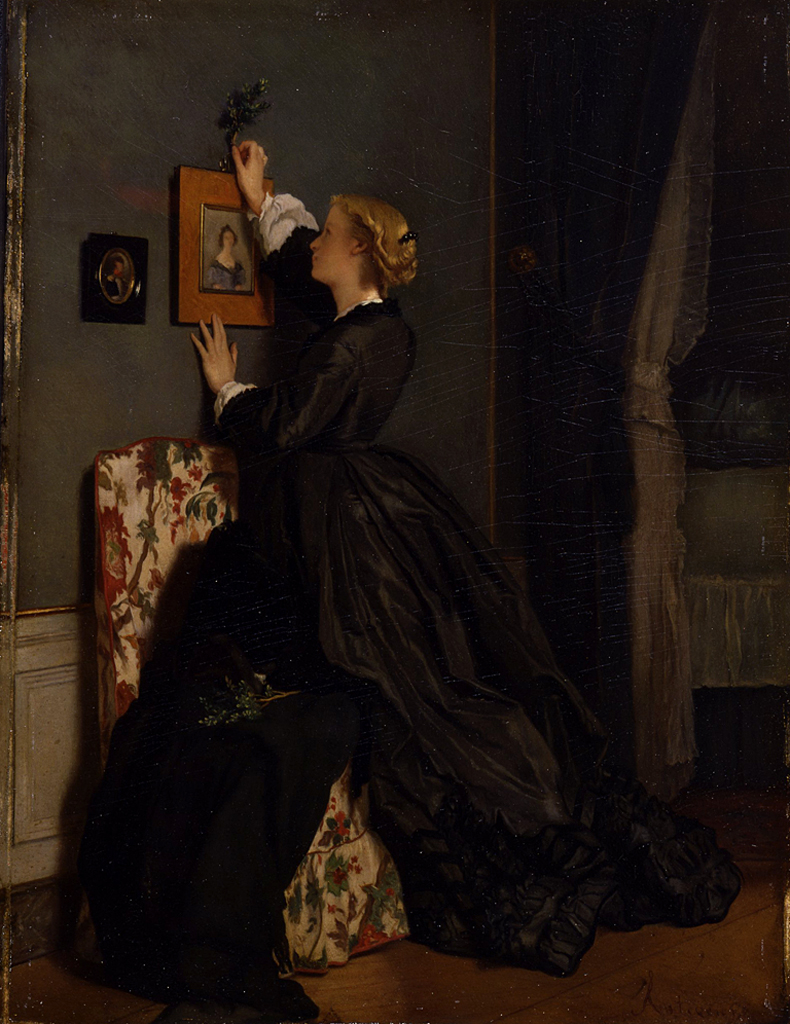








.jpg)


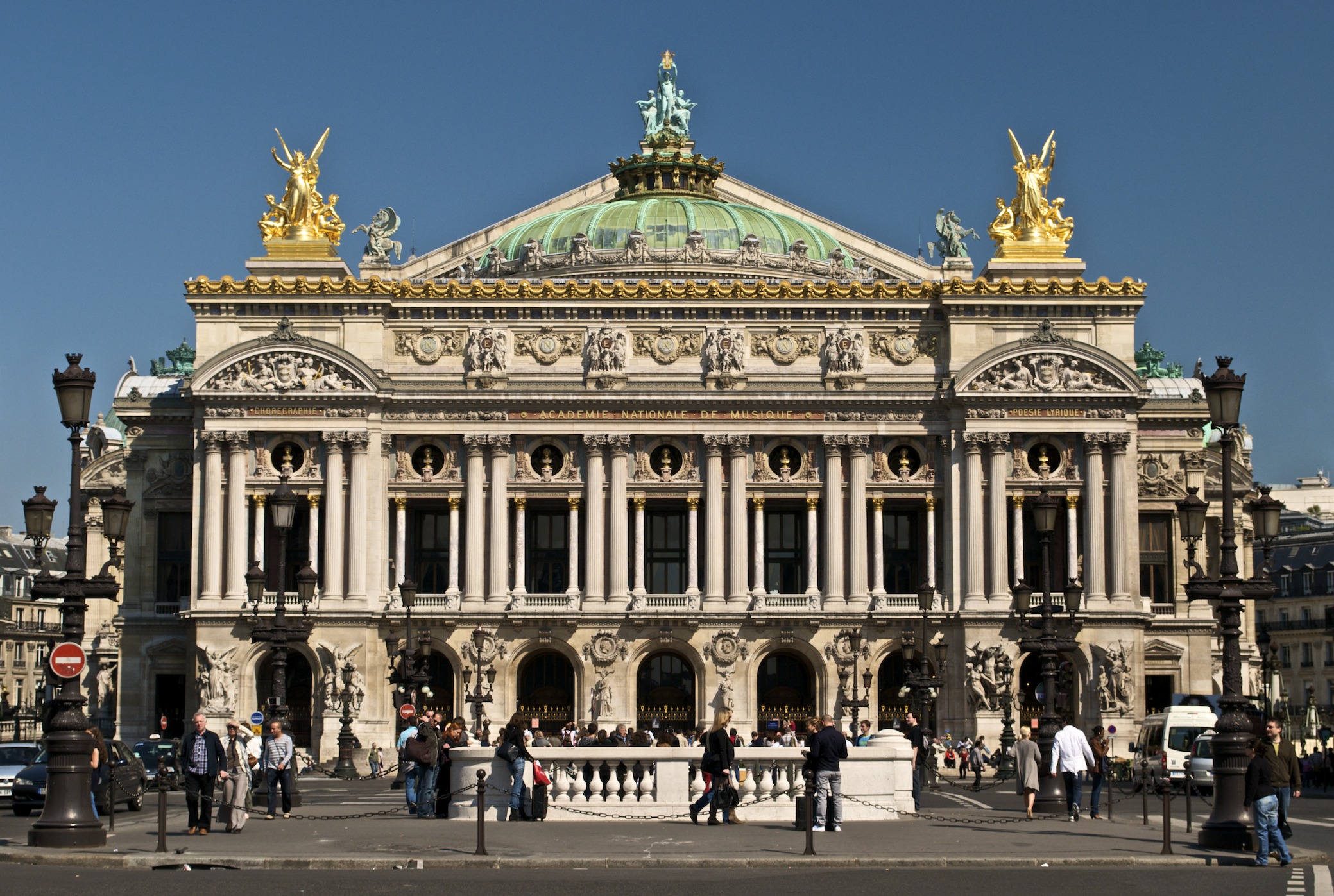













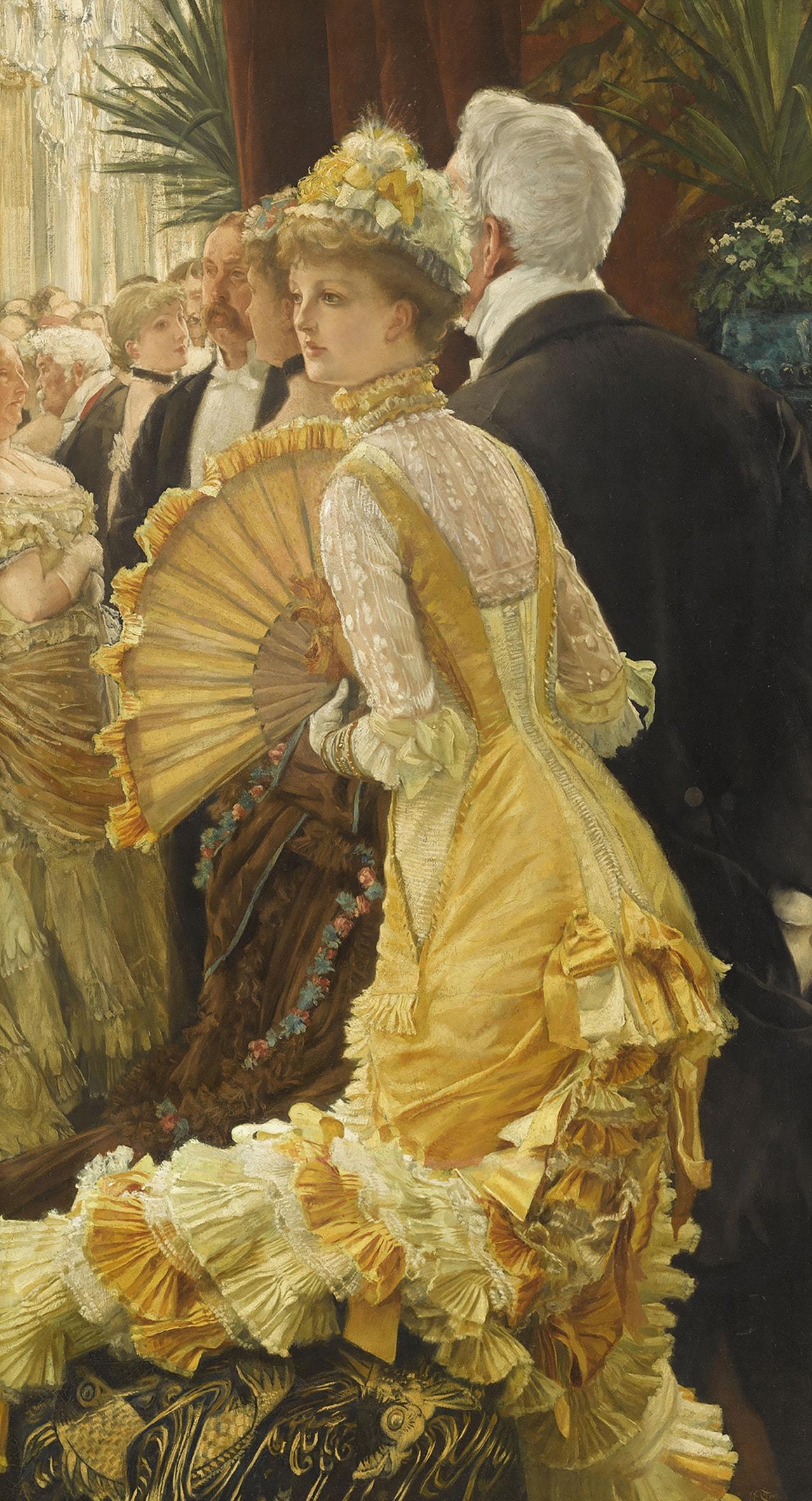











































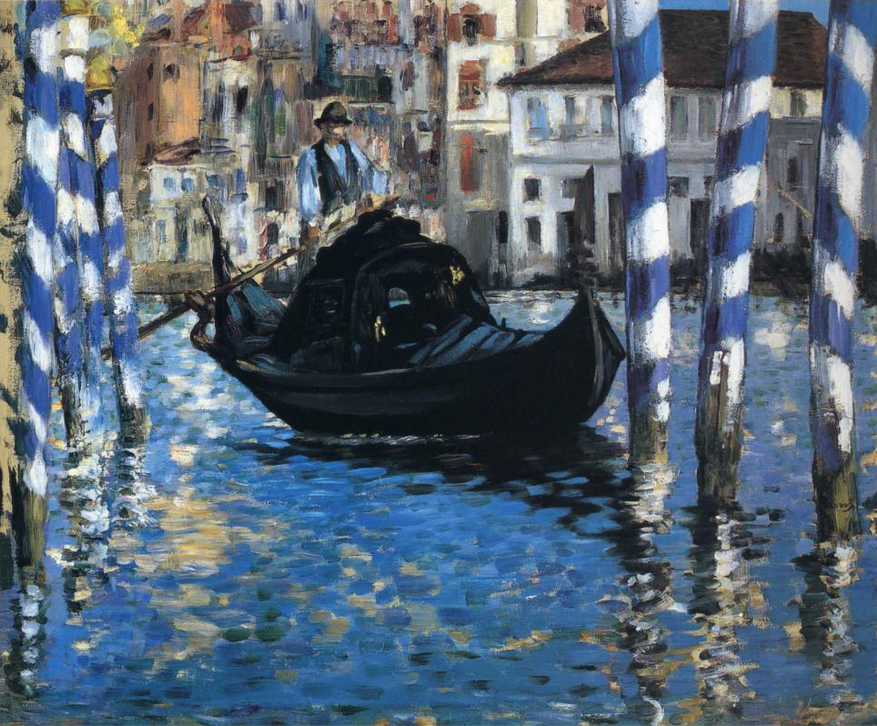



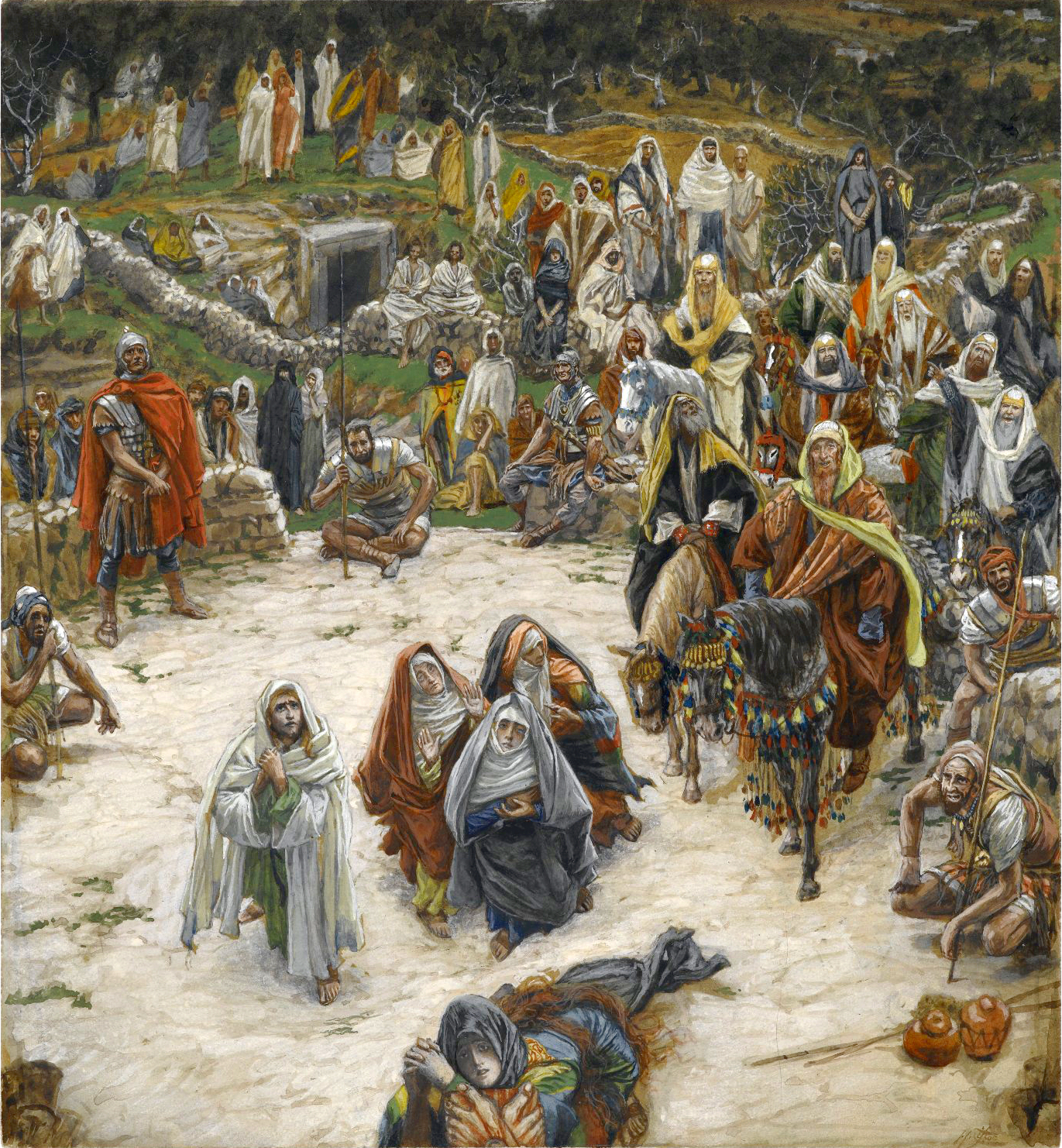



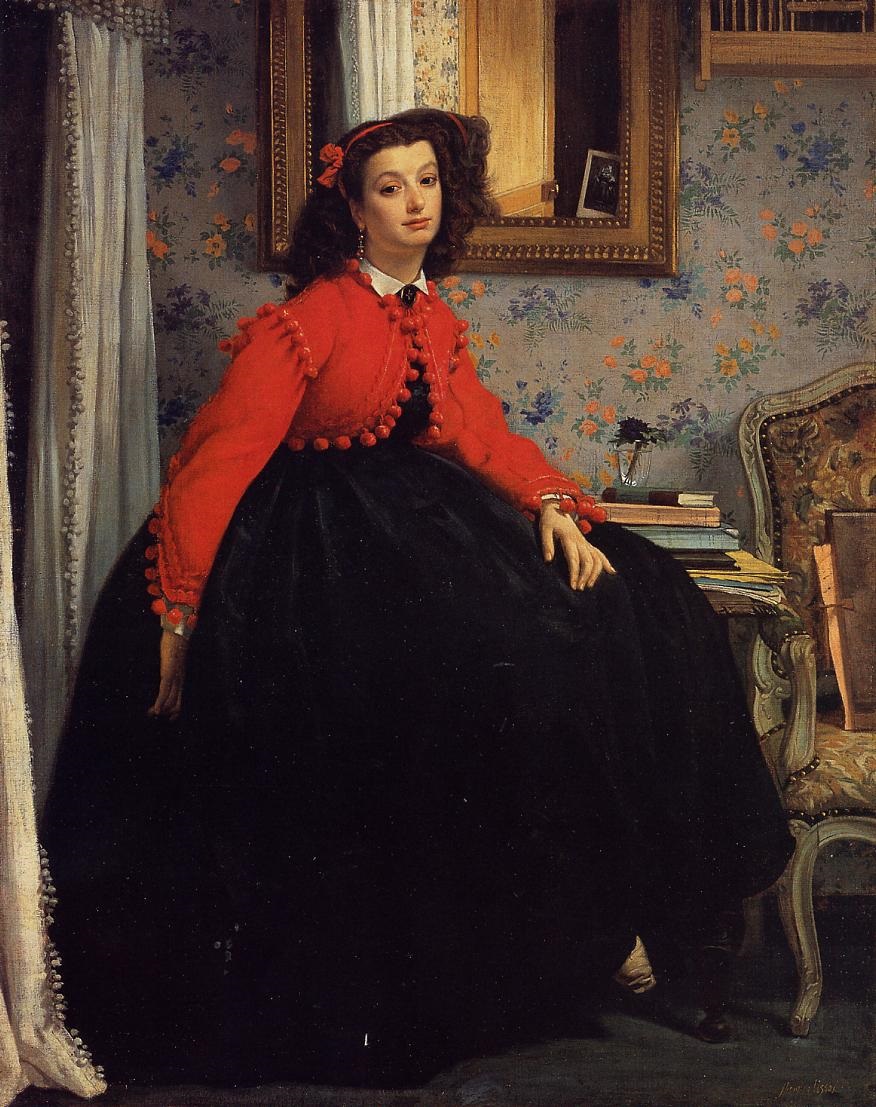



.jpg)










































